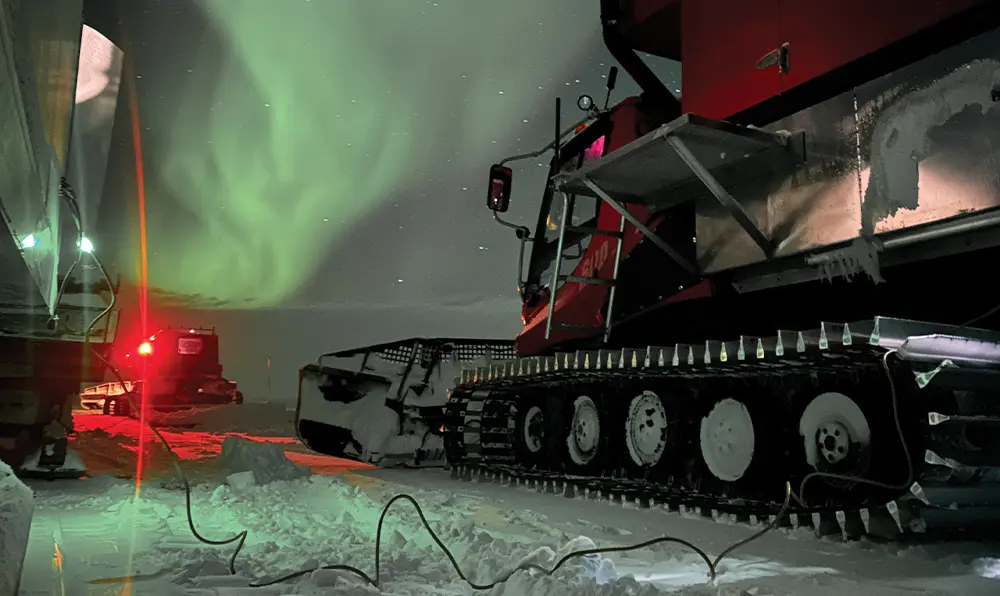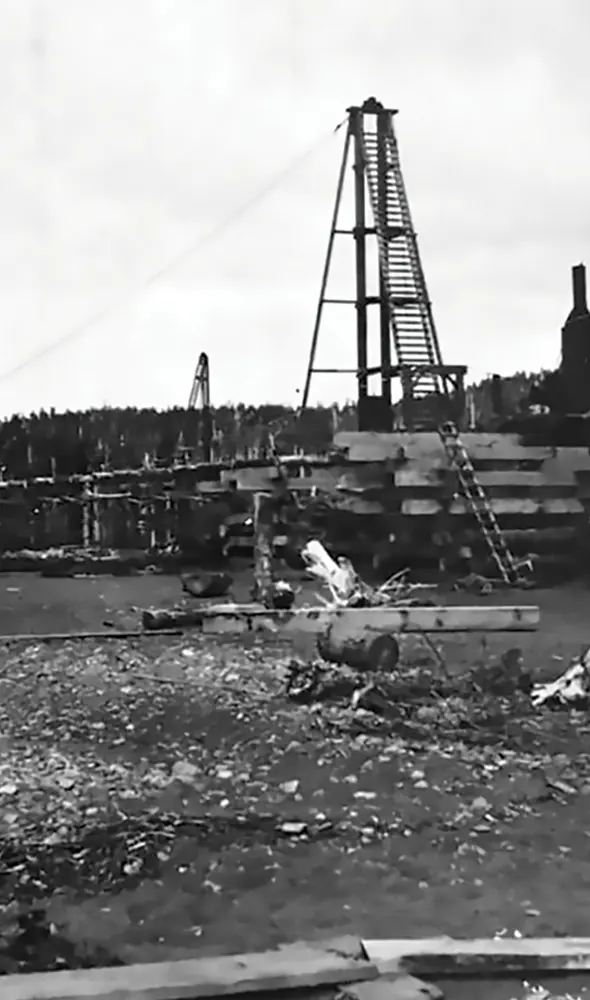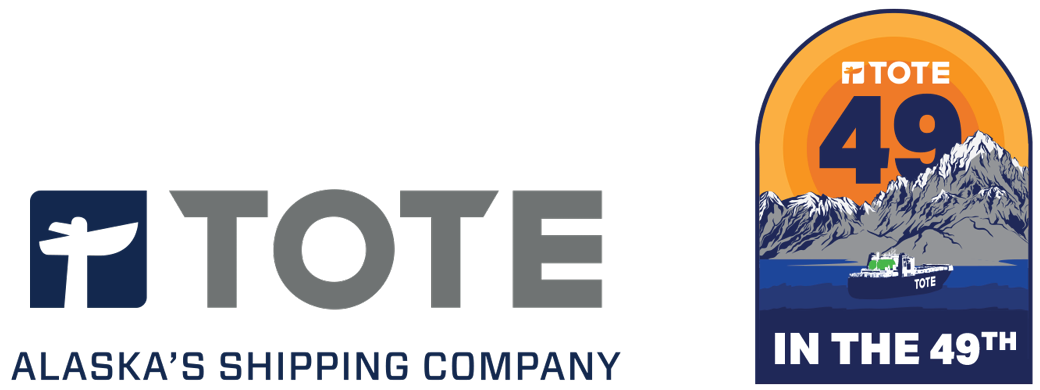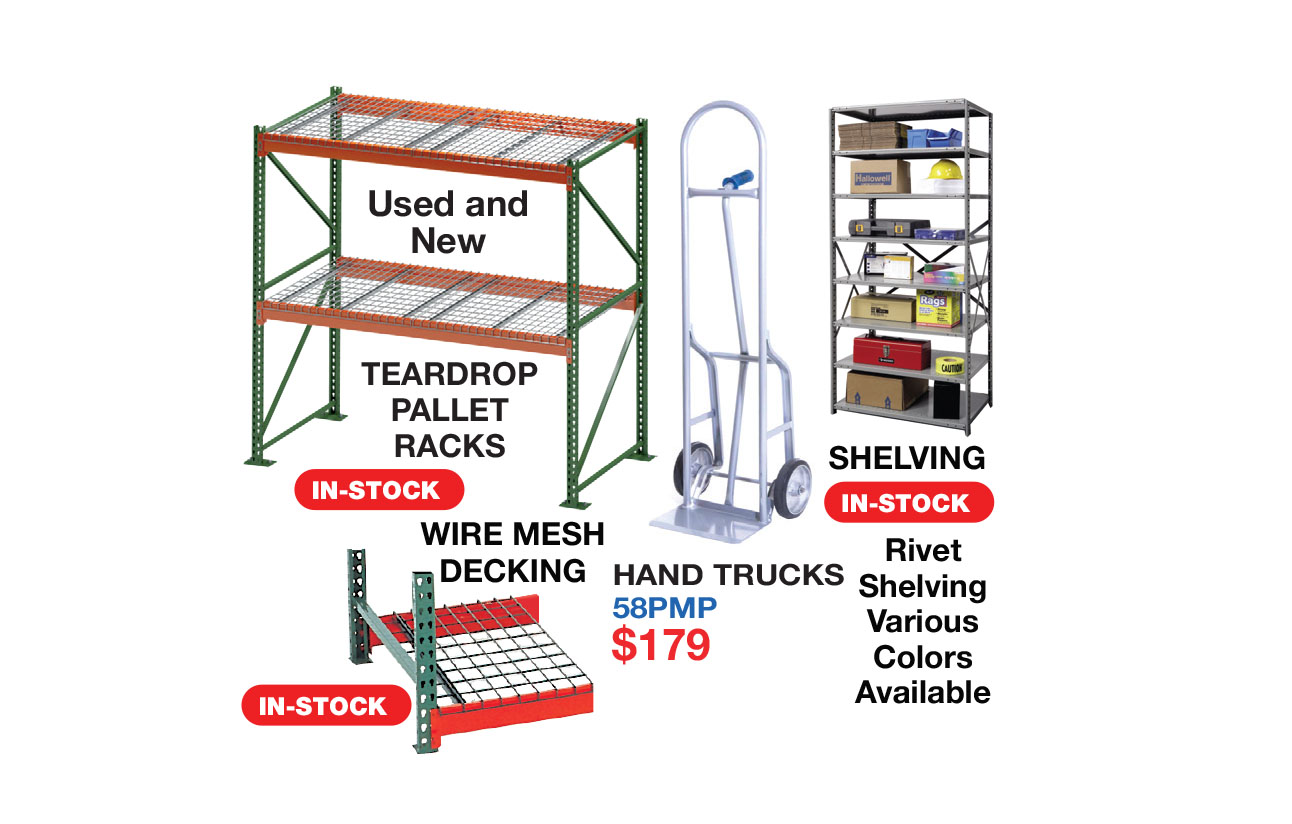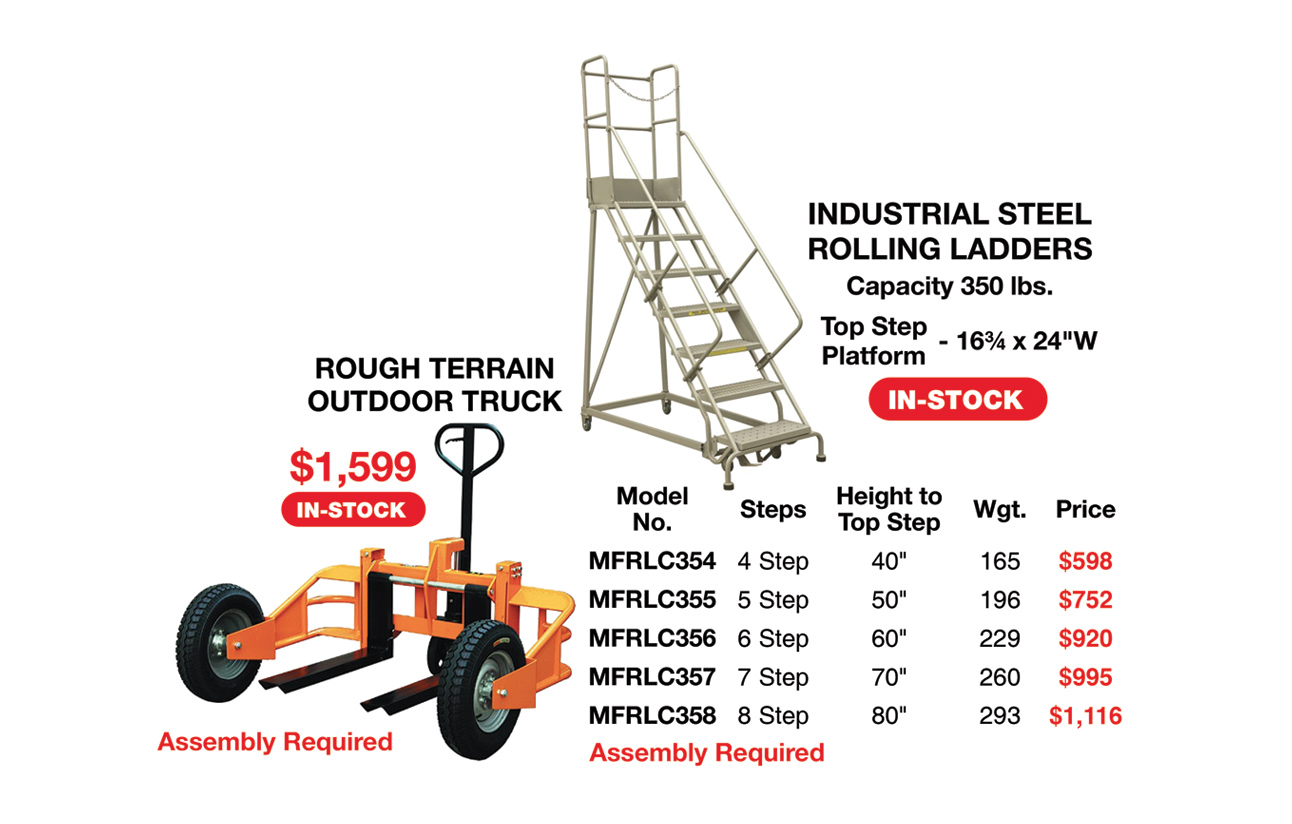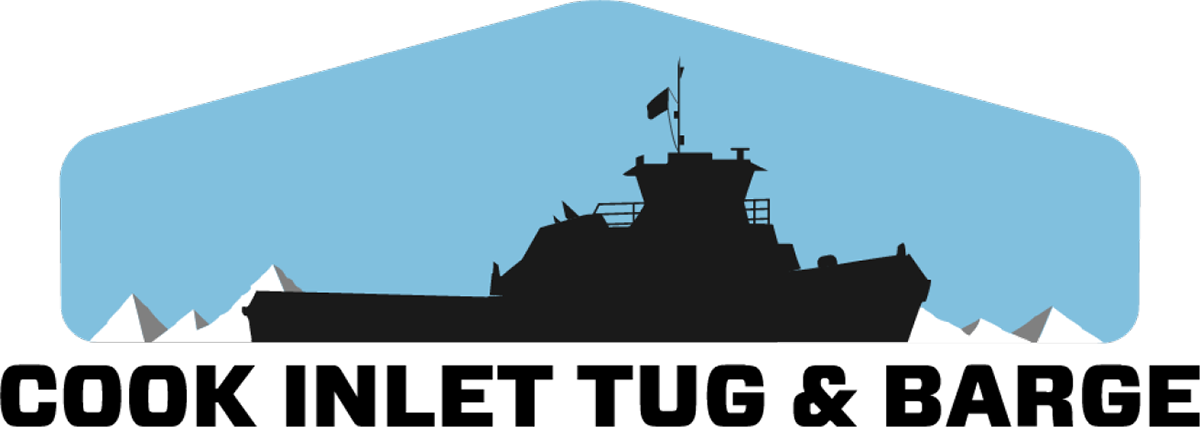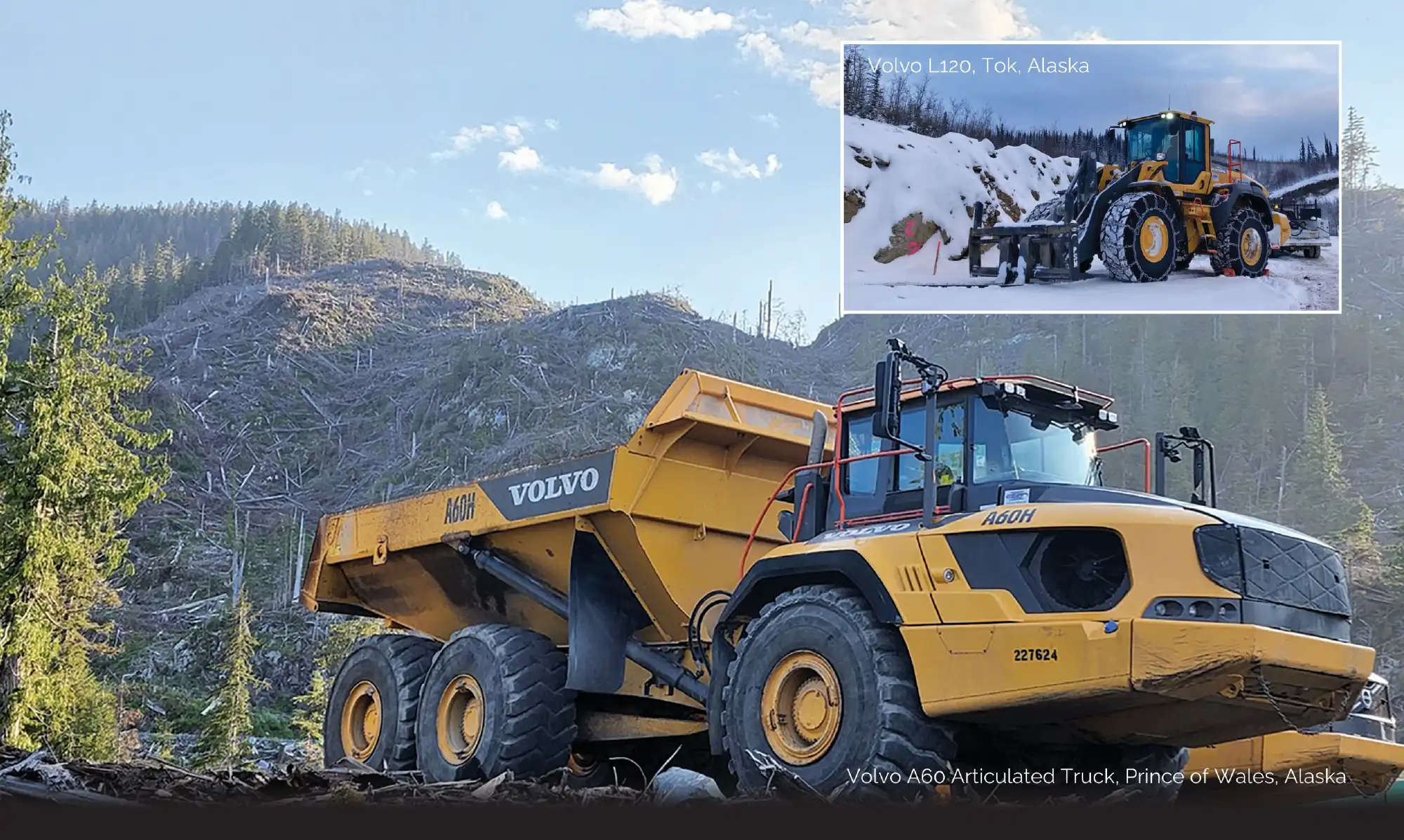
Volvo A60H Haulers are engineered for continuous production to reduce downtime and boost your bottom line. No matter the terrain, hauling is made more efficient with incredible fuel efficiency, comfortable cabs and a long service life. Choose Volvo and lower your cost per ton.
Learn more about what powerful, fuel efficient Volvo haulers can do for your operation.
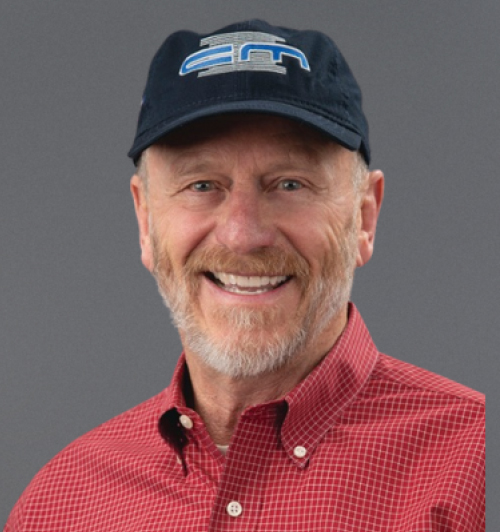
Sales Rep.
Anchorage Branch

Sales Rep.
Anchorage Branch
907.563.3822
Fairbanks
907.931.8808
907.802.4242
Ketchikan
907.247.2228
In Alaska. The best sales and products support lineup
In your corner. The winning Team
Contents
Features
Building a Better Bunny Boot
Alaska Gear Company’s product development cycle
Wet and Wild
New frontiers for cruise ship passengers
What ARE Is
Alaska Resource Education introduces youth to industry careers
The Community Winter Access Trail
An almost-but-not-quite highway for North Slope villages
The ABCs of Hybridizing the Fleet
ALFA BETA accelerates the energy transition
Machine Philosophy
Ethical and legal implications of generative artificial intelligence
Building a Better Bunny Boot
Alaska Gear Company’s product development cycle
The Community Winter Access Trail
An almost-but-not-quite highway for North Slope villages
Wet and Wild
New frontiers for cruise ship passengers
The ABCs of Hybridizing the Fleet
ALFA BETA accelerates the energy transition
What ARE Is
Alaska Resource Education introduces youth to industry careers
Machine Philosophy
Ethical and legal implications of generative artificial intelligence
Quick Reads
Special Section: Oil & Gas
Plans for Greater Mooses Tooth 2, Nuna, and Willow
ConocoPhillips
Alaska software to untangle oil field complexity
TRUApp Energy
Plans for Greater Mooses Tooth 2, Nuna, and Willow
ConocoPhillips
Alaska software to untangle oil field complexity
TRUApp Energy
About The Cover
This month’s article “Making History” explains the link that the Alaska Oil & Gas Historical Society discovered. Whereas industry associations speak of the present-day importance of resource development, the society aims to tell the stories of the people who built the industry. Those stories lead to surprising places, from the bottom of a Prudhoe Bay discovery well to a polio ward in Tennessee and the Olympic stadium in Rome.


Northbound 800.426.0074 | Southbound 800.234.8683
From the Editor
Oil and gas are the champions of Alaska’s economy, no doubt about it. The state’s history is inextricably intertwined with petroleum exploration and development, at least since the ‘50s.
This month’s cover story, “Making History,” delves into recent efforts to collect narratives of the industry’s impact to exhibit at a hoped-for museum. One of those tidbits informed the cover design; flip to page 63 to learn the connection between an Olympic legend and Alaska oil and gas.
Not the only connection, though. Alaskans might recall another intersection of athletics and the energy industry, in the form of the ARCO Jesse Owens Games. The track meet for youth aged 10 to 15 was first organized in 1965, named for the 1936 gold medalist. Events were held nationwide, but Alaskans were especially fervent participants (if only because, even into the ‘80s, there wasn’t much else for kids to do). The sponsor, Atlantic Richfield Company, had taken the risk of exploring Prudhoe Bay—a risk that paid off handsomely for the company and the state. Wearing an “ARCO Jesse Owens” t-shirt or pin was as much a celebration of Alaska’s economic benefactor as it was in honor of the famed sprinter.

Volume 40, #5
Billie Martin
press@akbizmag.com
Postmaster:
Send address changes to
Alaska Business
501 W. Northern Lights Blvd. #100
Anchorage, AK 99503
fter several years of product design and engineering, Alaska Gear Company has begun field testing a modern version of the iconic “bunny boot,” solidifying its brand as a manufacturer of gear for tough environments. Field testing will demonstrate how the product performs under real-world conditions, especially compared to the original bunny boot.
Extreme Cold Vapor Barrier Boots were developed for the US military in the ‘50s. White and oversized like a rabbit’s foot (hence the nickname), the design has been modified over the years, such as the inclusion of an air valve to keep the boots from rupturing in underpressurized aircrafts or high altitudes. Over the decades, bunny boots have been synonymous with warmth and protection in the harshest environments.
United Way is proud to partner with the Anchorage School District to launch the Academies of Anchorage in fall 2024.
We’re working with local businesses to expand career learning opportunities into the classroom.
Through the Academies of Anchorage, students will develop the competitive edge they need to launch their future—and ours.
nused for years, the Kaktovik airstrip on Barter Island idled in decay, battered by punishing Arctic coastal storms. Although the land was culturally important to Kaktovik’s Alaska Native people, the former US Air Force runway sat in a ruinous state, with 11,121 square yards of geocell material and 1,464 linear feet of steel drums that had been incrementally installed to protect the landing area from flooding and other show-stopping conditions over the decades.
Removing these materials, remediating the land, and restoring it presented a monumental task. A single company didn’t win the bid; two companies did. ChemTrack Alaska and Cornerstone General Contractors tackled the project under the auspices of their ChemTrack/Cornerstone Joint Venture (CTCSJV).
Anchorage, AK 99507
www.materialflow.com
hether on foot, by dog teams, or in kayaks, the Iñupiat people of Alaska’s North Slope maintain a mobile culture, traveling great distances through a harsh climate. Hunters follow bowhead whales to summer feeding grounds or track caribou herds to the upper Utukok and Colville rivers. Traditional navigation across the mostly featureless terrain involved specific landmarks or the stars.
Inter-village travel is faster and easier in an era of snowmachines, all-terrain-vehicles, trucks, and cars. Residents of Wainwright or Atqasuk might go to Utqiaġvik for shopping or medical appointments, says James Koonaloak, field operations manager for Eskimos, Inc., part of the Arctic Slope Regional Corporation family of companies.
rom a mom-and-pop business to a leading wireless communication provider, Arcti com, LLC has experienced a remarkable transformation in its ten years as an active subsidiary of Bering Straits Native Corporation (BSNC). When it was acquired by BSNC in 2013, Arcticom was supplying high-end radio solutions. Under BSNC’s guidance, the company has expanded its technology offerings and financial capabilities, solidifying its position as an industry leader. “We’ve accomplished a lot in ten years; we have grown Arcticom more than 100 times larger,” says Arcticom General Manager Bruce Hellenga. “It feels awesome.”
Being part of BSNC unlocks significant advantages that enable Arcticom to achieve its mission of providing cutting-edge wireless technology that boosts productivity and exceeds customer expectations. BSNC’s financial backing allows Arcticom to expand its strategic capacity to complete larger projects. Hellenga explains: “Because we have several subsidiaries, we have bigger reach-back capabilities where we can use employees and assets from other companies to get work done.”

ruise ship tourism in Alaska has recovered from the COVID-19 wipeout, and then some. The Alaska Travel Industry Association reports that nearly 1.7 million cruise ship passengers saw the state in summer 2023, up from an estimated 1.2 million in 2022 and higher than the pre-pandemic peak of 1.3 million in 2019.
About 43 percent of Alaska’s visitors come by cruise ship, so the industry is expanding to accommodate the growth. For example, the season started about two-and-a-half weeks earlier in 2023 than in the previous year, and the season extended past mid-October. Cruise companies are also creating new tour packages for passengers to enjoy aboard ship and during port calls.
Shoreside accommodations in Southeast are well developed and getting better every year, so the most room for growth is westward, across the Gulf of Alaska.
Come
together



Events | Concerts | Conferences | Conventions | Banquets | Meetings | Trade Shows | Weddings | In-house Catering | Equipment Technology
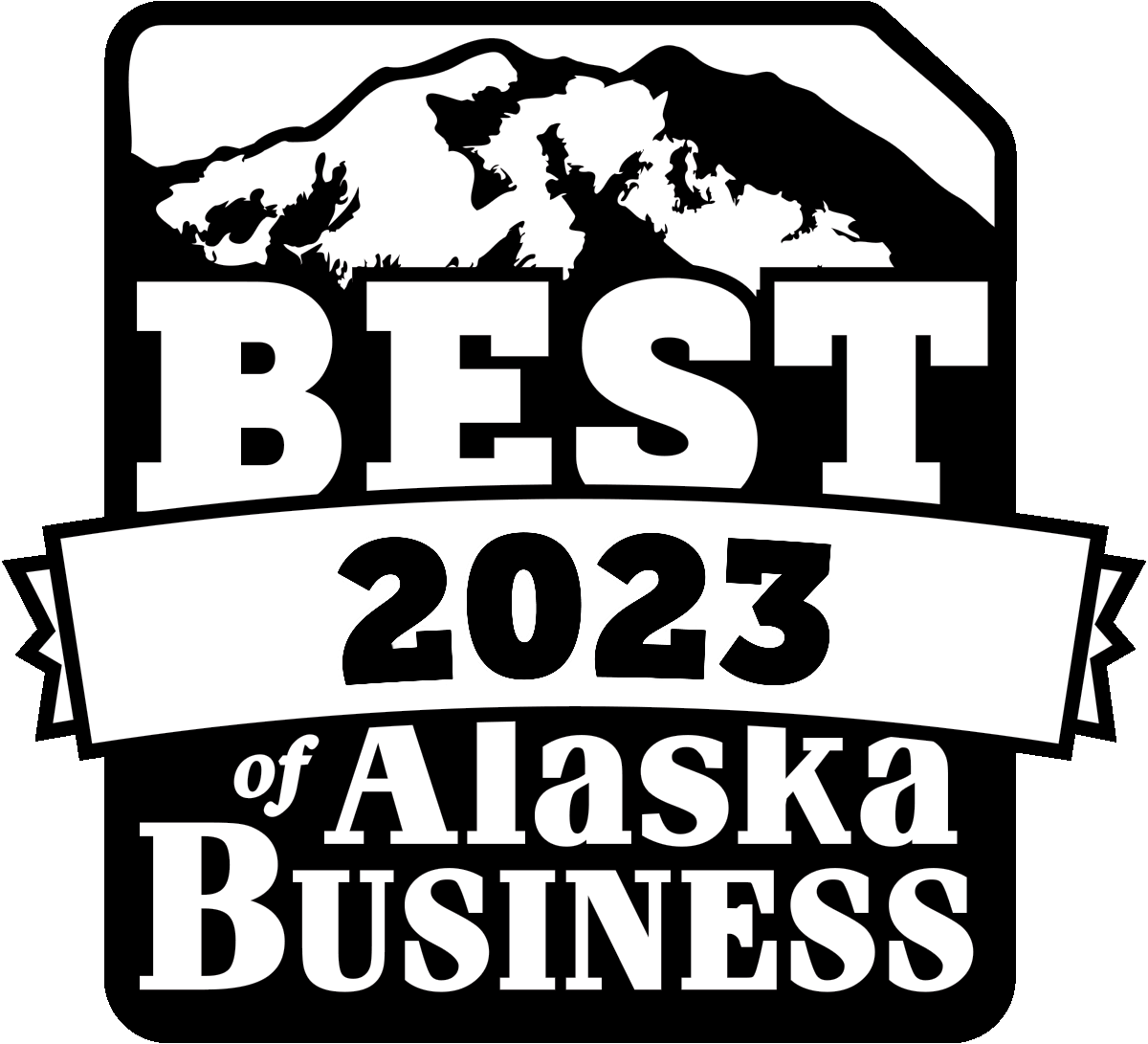
laska’s Railbelt region refers to the area serviced by Alaska’s interconnected electric grid stretching from the Kenai Peninsula through Anchorage and the Matanuska-Susitna Borough, north to Fairbanks. According to the Alaska Energy Authority (AEA), the Railbelt functions more like an “energy island.” This isolation is compounded by the Railbelt’s structure; AEA likens the three regions to a “single extension cord.” This is unlike the Lower 48, where grids can tap into a vast network of power sources via multiple pathways.
The Alaska Center for Energy and Power (ACEP) at UAF recently completed an exhaustive exploration into the Railbelt grid’s future. This report focused on navigating the complex factors of energy infrastructure such as reliability, affordability, and clean energy development for the region. The project’s purpose, outlined in extensive consultation with Alaska’s energy community, was to inform future decisions and studies by utilities, the State of Alaska, and other stakeholders through a detailed evaluation of resource mixes, electrification impacts, operational and reliability implications, and the potential costs of a decarbonized power system.
he history of oil in Alaska dates to the end of the Paleozoic Era, 250 million years ago. Biological material in shallow seas of the late Permian Period compressed into rock, cooked under pressure until crude oil and natural gas collected under formations such as the Barrow Arch underlying Prudhoe Bay. Yada yada yada, 20th century explorers punched holes that released the resource, powering the economy and society of the state.
Along the path from pre-dinosaurian sludge to precious commodity, footprints mark the presence of bold companies and hard-working individuals that shaped the industry in the past and continue to innovate today.
ig things are in store for Alaska’s biggest crude oil producer. ConocoPhillips Alaska, Inc. announced last year that it intends to continue pumping $1 billion per year into its legacy projects in the state while also pursuing new projects. With 1.2 million net undeveloped acres as of the end of 2022, ConocoPhillips Alaska is the largest owner of exploration leases.
“When I think about this track record of adding new development, ConocoPhillips Alaska has more than fifty years of experience on the North Slope safely exploring and discovering new resources and developing new projects and also being a trusted partner for the state in creating wealth for the communities,” says Vincent Lelarge, vice president of Alaska asset development. “With the people and the technology and the skills we have—and with a stable fiscal environment—we have the potential to continue this trend of value creation for decades.”


Clip these cards and shuffle them whichever way makes sense. Rank them by production of barrels of oil (bbl) or by billions of cubic feet (bcf) of gas. Order them by rookie year. Arrange them as a map. Get to know the longest-running petroleum province in Alaska that gave the industry a foothold and that continues to power the state’s population center.
laska’s relationship with oil began in 1902 when The English Company, soon renamed the Alaska Development Company, struck oil at Katalla, 47 miles southeast of Cordova. Katalla became a boom town, and a refinery was built in 1911, mainly supplying fuel to fishing vessels. A total of 154,000 barrels were produced over twenty years until Christmas Day 1933. A fire destroyed the Chilkat Oil Company refinery, and it was not rebuilt. Katalla disappeared from the map ten years later when the post office closed for good.
The history of oil in Alaska did not end there, of course. Discoveries in the ‘50s and ‘60s put the state’s economy on its present trajectory. The industry remains the state’s largest contributor to jobs and wages, employing up to one-third of Alaskans, directly or indirectly, and oil revenue is the largest component of the state budget.

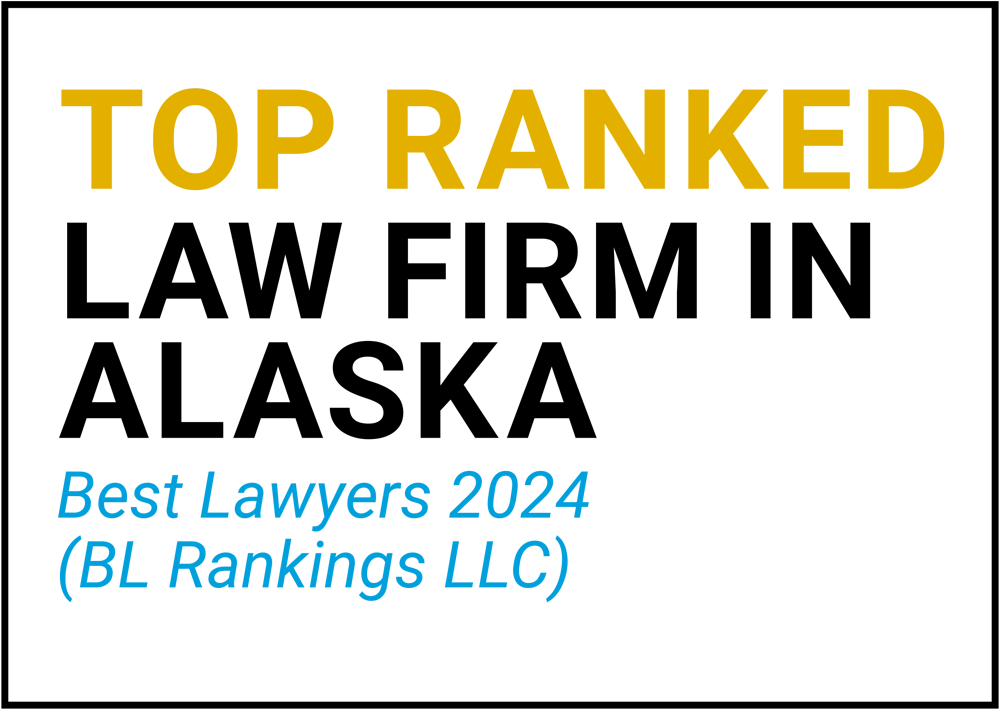

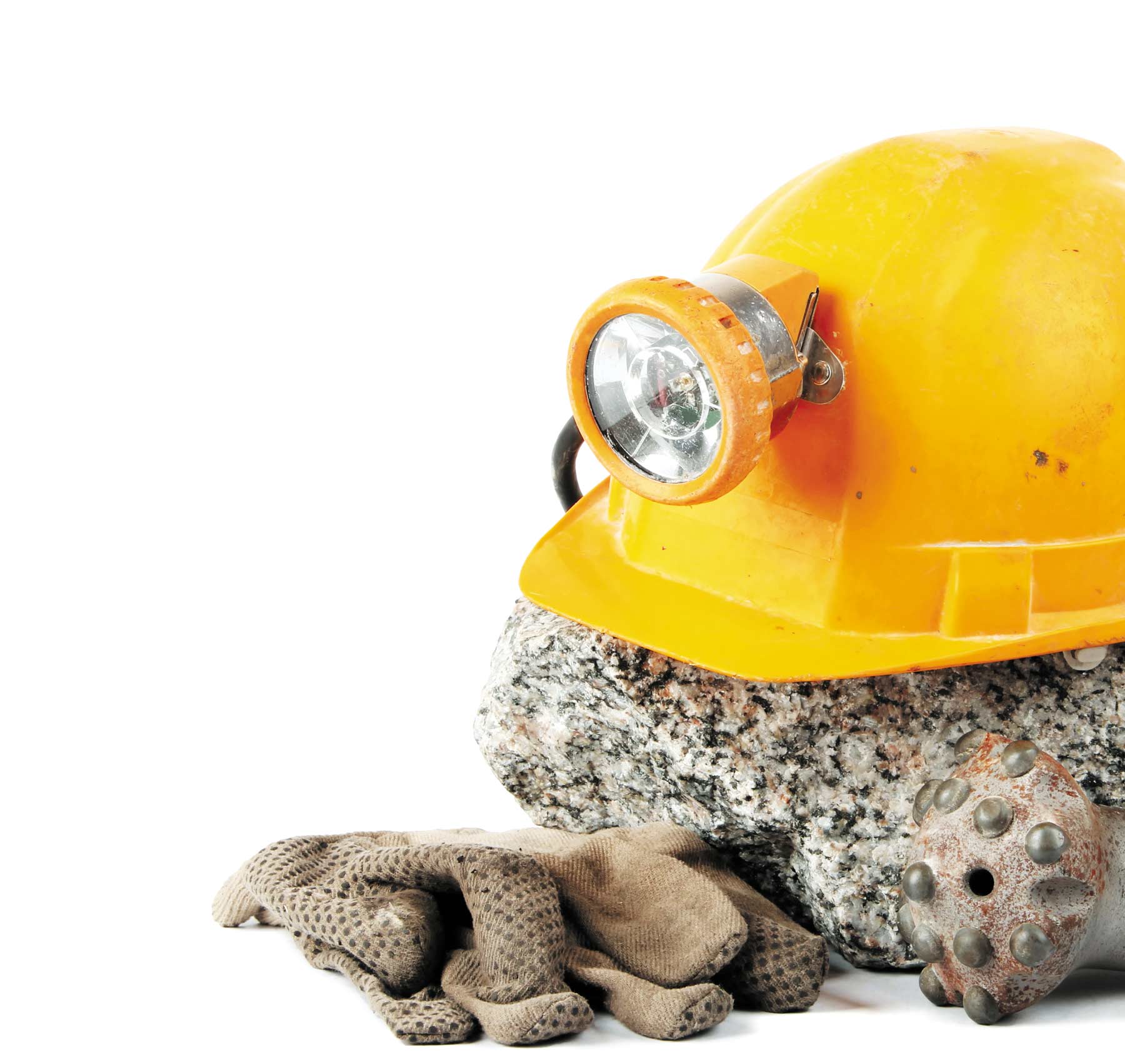
TRUApp Energy
adami, an oil field about 25 miles east of Prudhoe Bay, was idle for five years in the early 2000s until Savant Alaska, in partnership with a wholly owned subsidiary of Arctic Slope Regional Corporation, revived it. The producer took over from BP Exploration Alaska in 2011 and embarked on an effort to find operational efficiencies.
Although relatively young as Alaska oil fields go, Badami’s operations had accumulated a crust of suboptimal solutions. Badami utilized more than sixty different technologies to support the management and execution of field operations, mainly enterprise-grade systems that were immensely powerful at the office in Anchorage and at the corporate level. However, the systems required extensive and ongoing training for use in the field and were often considered too complex and unwieldy for day-to-day use.

RepublicServices.com/ES to learn more.
RepublicServices.com/ES to learn more.
- Anchorage
- Fairbanks
- Kenai
- Moose Creek
- Palmer
- Prudhoe Bay
hirteen miles south of Utqiaġvik, the Walakpa gas field sits near Walakpa Lagoon, site of the 1935 plane crash that killed world-famous aviator Wiley Post and beloved humorist Will Rogers. To the east of Alaska’s northernmost town lie two more resources, the East Barrow and South Barrow gas fields.
The federal government conveyed the subsurface estate of those fields to the North Slope Borough in 1984, enabling the municipal government to explore and develop a local energy supply.
Cheaper than what is charged for potable water, natural gas heats homes and runs turbines that generate electricity, which the member-owned Barrow Utilities & Electric Cooperative, Inc. (BUECI) sells at a relatively reasonable rate to residents, a rate many equally remote villages might envy.
Just about everything in the city runs on gas from the nearby fields. A network of crisscrossing gas lines heat homes at a far cost lower than oil-burning boilers, and BUECI has turned the gas into something even more useful and environmentally friendly: it operates a station that fuels vehicles with compressed natural gas (CNG).
aste oil need not go to waste. By definition, then, it’s not a waste product but a useful material.
“Technically, we don’t like to call it waste oil,” says David Shaw of Nenana Heating Services Inc. “Used oil is the preferred term.”
Nenana Heating Services is the exclusive Alaska dealer of Clean Burn furnaces and boilers powered by used oil. The company also sells recycling rigs that hold 250 gallons per unit. “The crank oil that comes out of an engine is cleaned and converted to be used as heating oil,” Shaw says.
y gosh, trying to be efficient with energy while fishing?” says Jeff Turner, the owner and captain of a family fishing operation called F/V Mirage, based in Sitka. “That’s no easy feat.”
Recently, the Alaska Longline Fishermen’s Association (ALFA) selected Turner for one of its Boat Energy Transition Accelerator (BETA) pilot projects, made possible with a $700,000 grant from the US Department of Energy (DOE) via its Vehicle Technology Office (VTO).
“Everyone’s trying to be more conscious of our world. Cut our fuel. Be stewards of our workspaces,” Turner says. “So why shouldn’t I be a little cleaner too?”
Fellow Sitka resident Linda Behnken, ALFA’s executive director, used her organization’s website and word-of-mouth to notify members about the BETA opportunity, which is how Turner got involved. He was already motivated by a commitment to using natural resources responsibly and making choices that help sustain the environment. “I like what I do for a living. It’s so community based—every aspect,” he says, “which is all the more reason to protect what we have.”

hildren are Alaska’s most precious resource, everyone can agree. The state’s other resources—be they oil and gas, minerals, forests, or energy—present young people with career opportunities. One way that students learn about these resources and careers is through Alaska Resource Education (ARE), an award-winning nonprofit that connects children with the major industries that Alaska depends on.
Founded in 1982, ARE is funded through state, corporate, and individual donations. The 501(c)(3) organization is a partnership between the Alaska Department of Education and Early Development and private companies. ARE provides educational opportunities for students and teachers statewide, distributing a primary education curriculum that meets state standards for science, technology, engineering, and math. The curriculum also aligns with core language arts standards.

rom creating content to automating processes, Generative Artificial Intelligence (GenAI) promises innovation, efficiency, and convenience for a wide variety of industries. It also presents unique risks, ethical concerns, and legal implications that cannot be ignored.
GenAI is a class of machine learning that can spit out text, images, videos, music, or software code based on patterns learned from vast training datasets.
GenAI has been in development for many years, but it was catapulted into the mainstream in 2022 when OpenAI released its human-like chatbot, ChatGPT. The app allows users to type a prompt to generate content almost instantly and effortlessly. Rapid advancements are pushing the possibilities of GenAI further. For instance, Microsoft is embedding its AI-powered CoPilot assistant in Windows, Edge, Office apps, and Bing. Adobe released an AI tool that can search and summarize PDFs.
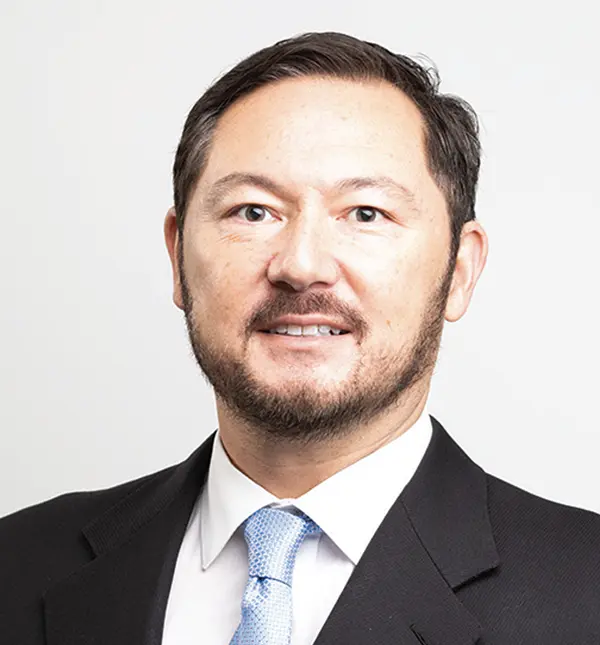
n the ever-evolving realm of magazine publishing, C.S. Lewis’s poignant words, “Isn’t it funny how day by day nothing changes, but when you look back, everything is different?” resonate deeply. Reflecting on my journey with Alaska Business since 1998, the magnitude of transformation within our publication’s landscape is awe-inspiring.
In 1998, Alaska Business was already a seasoned industry player, entrenched in traditional printing methods. Film-to-plate technology reigned supreme, while our communication tools were rudimentary—a solitary email address for the entire company and dial-up internet access sufficed. Fast-forward to today, and the evolution is nothing short of staggering.

Alaska Music Census
The bottom line of show business
By Vanessa Orr


Photos courtesy of True North Photography and Alaska Music Zine
hile talented musicians are found all over the world, those living in Alaska believe there’s something special about the sounds from their home state.
“Music and performances are inevitably unique because we live in a unique place,” says Kat Moore, a pianist and singer in Anchorage. “It’s inspiring and beautiful and intense in ways that react with our emotions, maybe more so than for those who live in more temperate climates. I feel like there is an intensity to living in Alaska in general, and for me as an emotional writer, that becomes manifested in my writing.”
The midnight sun provides an opportunity to interact with other performers in summer, and the colder months provide time for introspection. “The isolation factor in winter makes music more impactful when people do get together,” Moore says.
anagers want more time to do meaningful work. They want better work-life balance and more energy for professional development. They have ideas for improving things and want to implement them. They have desires to grow at work and dreams for their career.
What stops them?
“Not enough time,” they’ll say.
Their boss will respond, “You should delegate more.”
If only it were that easy. As if delegation is a magic wand that could make it all happen with a flick of the wrist.
It isn’t. Delegation takes work. A great manager must invest time to develop their skills and realize their desires. Alisa Cohn, a top-level CEO coach, says, “The number one job of a leader is to become a master delegator.”
FAIRBANKS 907.458.9049 · ANCHORAGE 907.341.2250
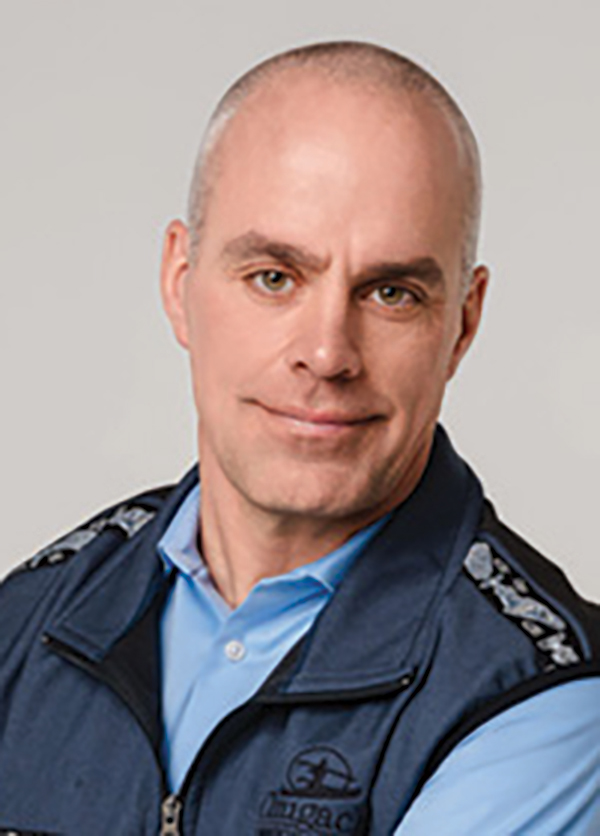
 A portfolio company of Chugach Alaska Corporation has a new General Manager. Shane Jolin was appointed to lead All American Oilfield, overseeing operational performance for oil and gas drilling and professional services contracts across Alaska. Jolin, a veteran of the US Marine Corps, has more than two decades of petroleum experience, including work with Schlumberger and CH2MHill, and is certified as a project management professional.
A portfolio company of Chugach Alaska Corporation has a new General Manager. Shane Jolin was appointed to lead All American Oilfield, overseeing operational performance for oil and gas drilling and professional services contracts across Alaska. Jolin, a veteran of the US Marine Corps, has more than two decades of petroleum experience, including work with Schlumberger and CH2MHill, and is certified as a project management professional.Alaska Trends
ne for the money, two for the show, three to get ready, now go census go!
The importance of music to Alaska’s economy and culture has long been assumed, but nobody tried to quantify it until last year. Vanessa Orr’s article “Alaska Music Census: The bottom line of show business” explains why the Alaska Independent Musicians Initiative sought to gather the data and how the nonprofit hopes to use the findings.
So far, numbers have been crunched for Anchorage and Juneau in a report published last October by global consulting firm Sound Diplomacy. This edition of Alaska Trends illustrates some of those findings. To understand the enumeration of “music assets,” the report defines the five “links” in the “music ecosystem value chain.” Those are: creation (music makers themselves), distribution (broadcast and sale of recorded music), exhibition (everyone involved in performance spaces), production (local recording and sound publishing), and transversal (business affairs and support services).
Wish I could say something impressive here, but I haven’t touched one in longer than a streaming binge lasts [he laughs].
What charity or cause are you passionate about?
ANSEP, the Alaska Native Science and Engineering Program.
What’s the first thing you do when you get home after a long day at work?
I turn into a couch potato, preferably with snacks in reach.
What vacation spot is on your bucket list?
The Maldives before the ocean swallows them.
If you could domesticate a wild animal, what animal would it be?
I wouldn’t. They belong in their natural habitat.
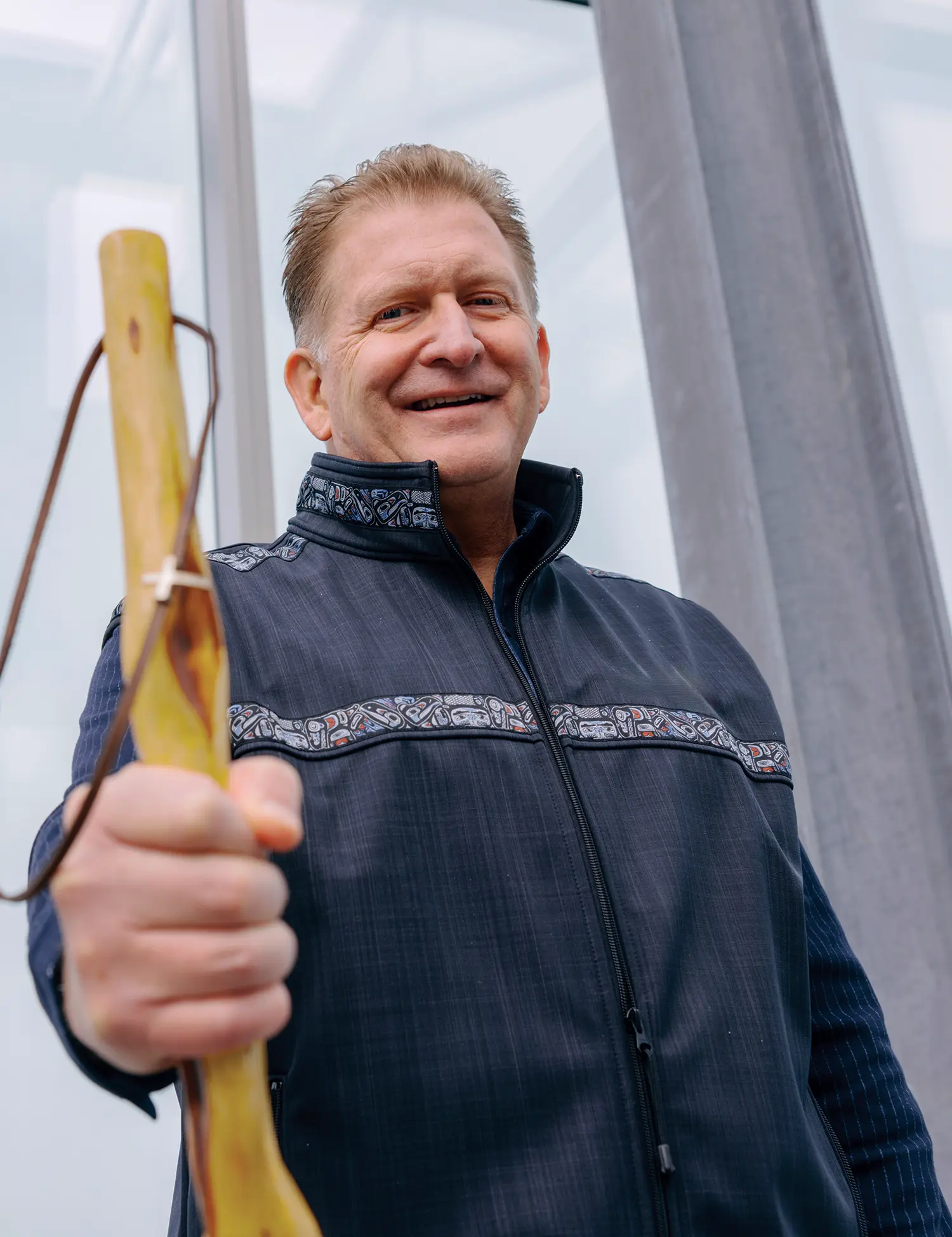
Wish I could say something impressive here, but I haven’t touched one in longer than a streaming binge lasts [he laughs].
What charity or cause are you passionate about?
ANSEP, the Alaska Native Science and Engineering Program.
What’s the first thing you do when you get home after a long day at work?
I turn into a couch potato, preferably with snacks in reach.
What vacation spot is on your bucket list?
The Maldives before the ocean swallows them.
If you could domesticate a wild animal, what animal would it be?
I wouldn’t. They belong in their natural habitat.
Off the Cuff
t a science fair in western South Dakota, young Bruce Dingeman presented his biomedical research. “I was doing work on laboratory rats,” he recalls, “doing hyperbaric oxygen treatment to increase healing rates.”
However, the Arab oil embargo steered his interest in science toward petroleum engineering, studying at the University of Wyoming. Dingeman (pronounced like “sing-a-man”) worked in Alaska during the ‘80s, and after the Cold War he taught capitalism in Russia.
In his career, he’s seen the expansion into deep offshore fields, the boom in shale oil, and the transition to alternative energy. As the Alaska president of Santos, Dingeman has overseen faster changes.
- Airport Equipment Rentals
- Alaska Air Cargo - Alaska Airlines
- Alaska APEX Accelerator
- Alaska Dreams Inc
- Alaska Oil & Gas Association
- Alaska Pacific University
- Alaska Safety Alliance
- Altman, Rogers & Co.
- Anchorage Convention Centers
- Anchorage Sand & Gravel
- Arcticom
- ASRC Construction
- Calista Corporation
- ConocoPhillips Alaska
- Conrad-Houston Insurance Agency
- Construction Machinery Industrial
- Cook Inlet Tug & Barge Inc
- Crowley Fuels
- Cruz Companies
- Denali Commercial
- Denali Universal Services
- Dorsey & Whitney LLP
- Doyon, Limited
- ENSTAR Natural Gas Co
- Equipment Source, Inc
- First National Bank Alaska
- GCI
- Hotel Captain Cook
- JD Steel Co Inc
- Landye Bennett Blumstein LLP
- LifeMed Alaska
- Lynden
- Material Flow & Conveyor Systems, Inc.
- MT Housing Inc.
- MTA - Matanuska Telecom Association
- Nenana Heating Services, Inc
- Nortech Environmental & Engineering
- Northern Air Cargo
- Northrim Bank
- Oxford Assaying & Refining Inc
- Parker, Smith & Feek
- Personnel Plus Employment Agency
- Petro Marine Services
- Republic Services
- Resolve Marine
- Resource Development Council
- Santos
- Sheet Metal Inc
- Sourdough Express, Inc.
- State of Alaska Department of Health
- T. Rowe Price
- Teamsters Local 959
- The Plans Room
- TOTE Maritime Alaska LLC
- Tutka, LLC
- Udelhoven Oilfield System Services, Inc
- United Way of Anchorage
- University of Alaska Office of Public Affairs
- Westinghouse Electric Company LLC
- Westmark Hotels - HAP Alaska
- Yukon Equipment Inc

– Power: 15.7L / 512 HP
– Dig Depth: 23 – 36 FT
– Weight: 188,716 LB

– Power: 15.7L / 512 HP
– Dig Depth: 23 – 36 FT
– Weight: 188,716 LB


907.659.2000
907.456.2000
907.522.6466
907.335.5466
Prudhoe Bay
907.659.2000
Fairbanks
907.456.2000
Anchorage
907.522.6466
Kenai
907.335.5466
Delta Junction
907.895.9898
The Rental Zone
907.474.2000
Dynamic Routing!






